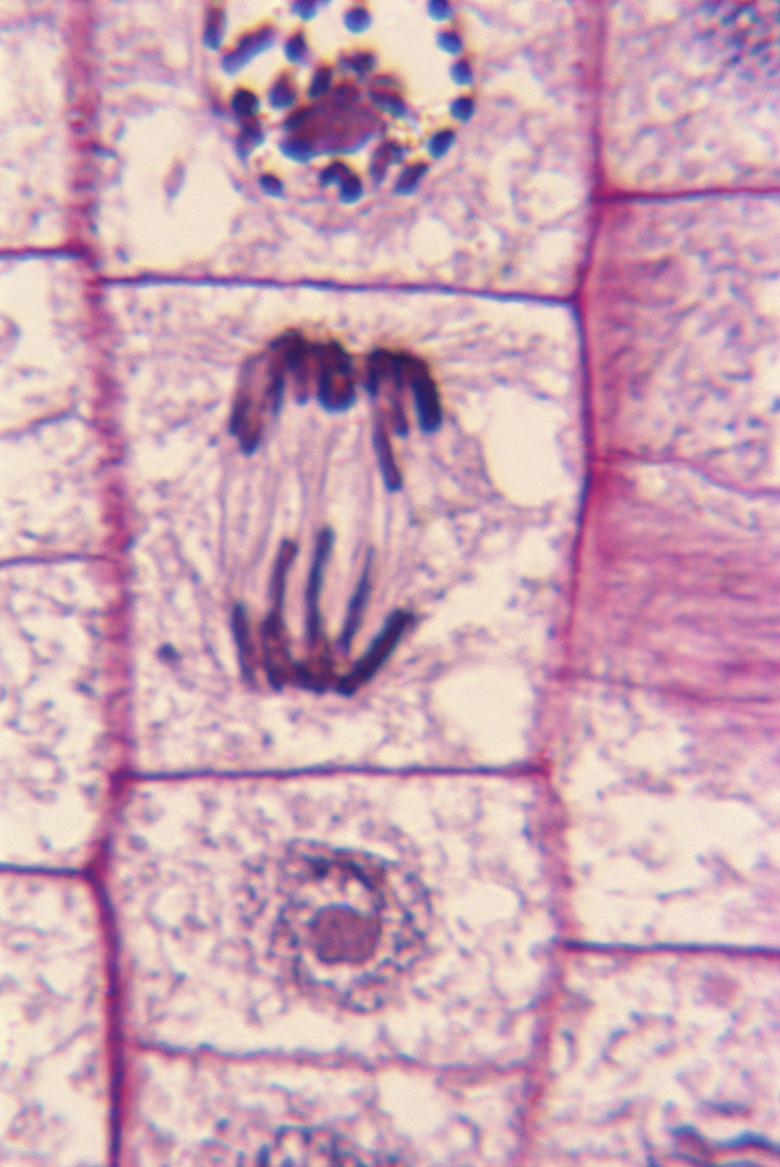Do Eukaryotes Require Oxygen?
When you hear the term respiration, you might naturally think about your lungs, because respiration does mean breathing. However, cellular respiration is the way your cells produce energy from the molecules of food you eat.
This process can be either aerobic or anaerobic – requiring oxygen or not. When it comes to eukaryotes, which all have distinct nuclei containing their genetic information, the type of cellular respiration varies based on the circumstances and even the species.
TL;DR (Too Long; Didn't Read)
Most eukaryotic cells use **aerobic respiration**, which relies on oxygen and is most efficient for energy production. However, some eukaryotic cells turn to **anaerobic respiration** when oxygen is unavailable. Scientists recently discovered three surprising eukaryotes that live in a part of the ocean without oxygen and therefore always use anaerobic respiration.
What Is Cellular Respiration?
What Is Cellular Respiration?
All living things need energy. However, the energy-tapping process doesn't end when you swallow your burrito. Cellular respiration is a biochemical pathway that liberates the energy stored in the chemical bonds that hold those food molecules together.
Eukaryotic cells generally use aerobic respiration – requiring oxygen – to produce usable energy called ATP from glucose molecules. The general scheme for aerobic respiration in eukaryotic cells involves three complex steps: glycolysis, the citric acid cycle and the **electron transport chain** reactions. This type of respiration mostly takes place in specialized organelles called mitochondria.
Prokaryotic cells, on the other hand, tend to use anaerobic respiration – not requiring oxygen. While they can use aerobic respiration, they often are able to create enough energy via anaerobic respiration. The first step with anaerobic respiration is also glycolysis, which yields two molecules of ATP from one glucose.
It also produces pyruvate, which can then go two ways: toward fermentation or toward lactic acid (used by animal cells under some circumstances). This type of cellular respiration mostly takes place in the cytoplasm.
Aerobic vs Anaerobic Respiration
Aerobic vs Anaerobic Respiration
The energy yield from anaerobic respiration is not as good as the yield from aerobic respiration. For this reason, eukaryotes always use aerobic cellular respiration when oxygen is available to them. However, sometimes eukaryotic cells turn to anaerobic respiration when they run out of the oxygen they need for aerobic respiration.
The best example of this is your muscle cells. When you have worked so hard that your muscle cells have used up all the available oxygen, your cells simply switch over to the anaerobic pathway to keep you going. This produces lactic acid, which can be oxidized in the heart for energy or converted back to glucose in the liver, if it's no longer needed.
A New(ish) Discovery
A New(ish) Discovery
For a long time, scientists believed that while some eukaryotic cells turned to anaerobic respiration when they absolutely had to and that all eukaryotes preferentially relied on aerobic respiration. Imagine their surprise when they discovered the existence of multicellular organisms that had never even encountered oxygen, much less used it for cellular processes!
In 2010, scientists combing the floor of the Mediterranean Sea found three such species buried in sediment – about 10,000 feet below the surface of the ocean. This basin is hypersaline, or about eight times saltier than regular sea water. This density means that the water in the basin can't mix with the regular sea water above it, which makes it anoxic, or completely without oxygen.
Scientists added the three organisms they found to the most recently named animal phylum, called Loricifera; they are now called Spinoloricus cinziae, Rugiloricus nov. sp. and Pliciloricus nov. sp. Since these tiny marine critters spend their whole lives without ever encountering oxygen, their mitochondria are more like hydrogenosomes, which are the organelles that perform anaerobic respiration in many single-celled parasites.
Cite This Article
MLA
Mayer, Melissa. "Do Eukaryotes Require Oxygen?" sciencing.com, https://www.sciencing.com/eukaryotes-require-oxygen-42484/. 19 June 2019.
APA
Mayer, Melissa. (2019, June 19). Do Eukaryotes Require Oxygen?. sciencing.com. Retrieved from https://www.sciencing.com/eukaryotes-require-oxygen-42484/
Chicago
Mayer, Melissa. Do Eukaryotes Require Oxygen? last modified August 30, 2022. https://www.sciencing.com/eukaryotes-require-oxygen-42484/
